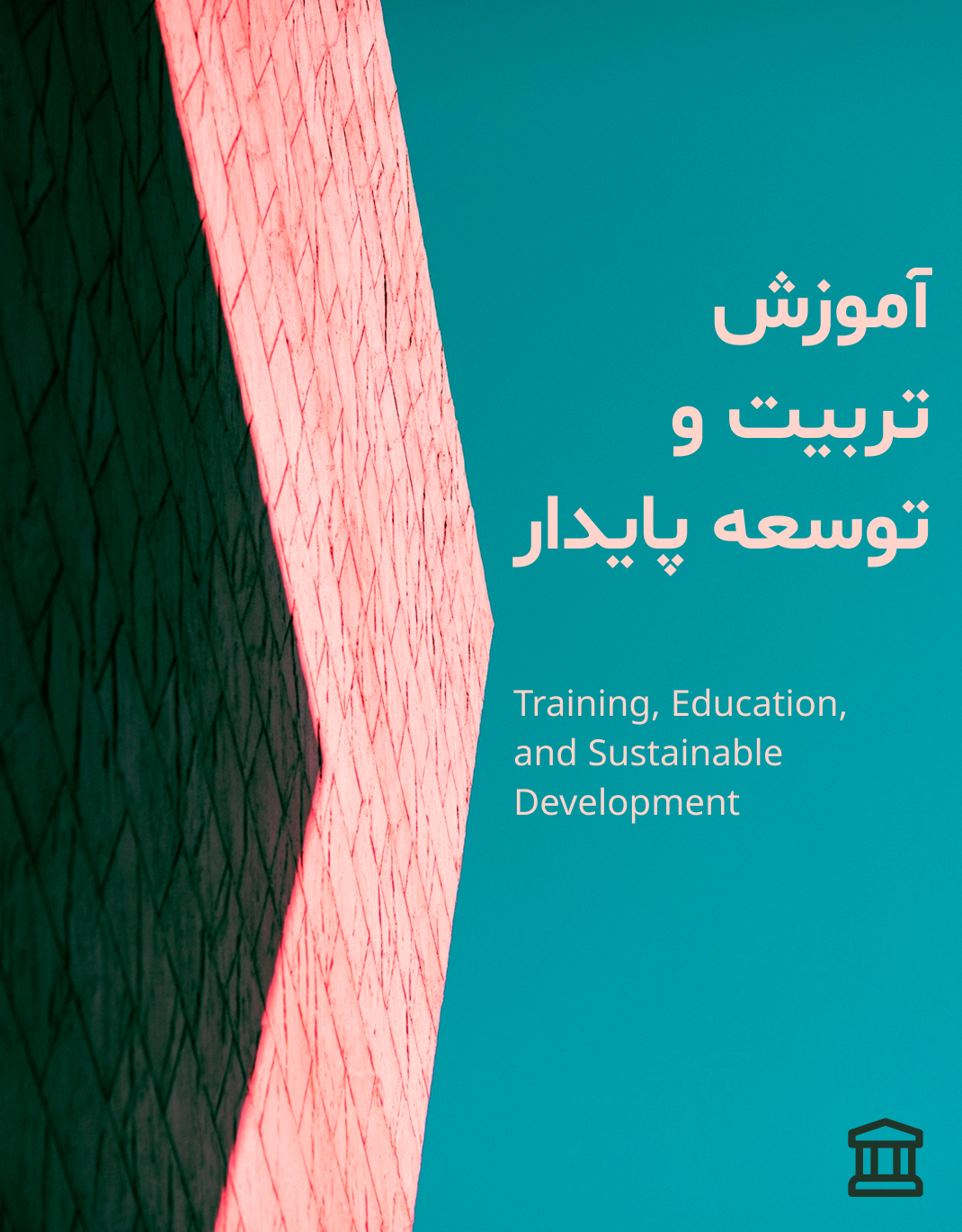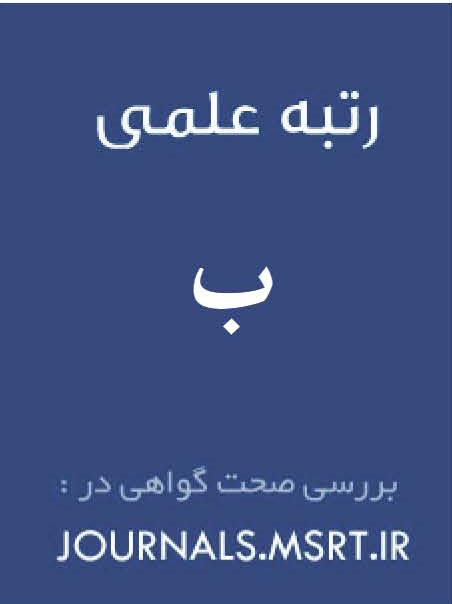Designing a Qualitative Model of Safety and Health Culture for Human Resources in the Iranian Tobacco Company
Keywords:
Safety culture, phenomenological approach, Iranian Tobacco Company, human resource healthAbstract
This study aims to design a qualitative model of the safety and health culture of human resources in the Iranian Tobacco Company. The research strategy is qualitative and fundamental in terms of its objective. Furthermore, based on data collection methods, it is classified as field research. The participant population consists of senior managers of the Iranian Tobacco Company with over 15 years of work experience, totaling 18 individuals. Purposeful sampling was used in this study, and the data collection tool in the qualitative phase was semi-structured interviews. The data were analyzed using the Colaizzi and Diekelmann approaches, resulting in the development of a phenomenological model. Based on the results of the phenomenological analysis, the final identified components of the safety and health culture include: (1) participation in safety, (2) safety knowledge, (3) commitment to safety, (4) attitude toward safety, (5) perceived desirability of safety, (6) implementation of safety standards, (7) evaluation of process and non-process risks, (8) documentation of risk assessment and analysis, (9) development and equipping of the company with new machinery and devices, (10) transfer of new technologies, (11) placement and location of equipment according to ergonomic conditions, (12) planning and policy-making in the field of safety and health, (13) updating safety laws based on circumstances, (14) rewards and punishments, (15) work-life imbalance, (16) salary and wage conditions, (17) excessive workload, (18) senior management support, (19) training and empowerment, (20) organizational environment, (21) priority for safety and health, (22) reduction of musculoskeletal injuries, (23) improvement of safety behavior, (24) job motivation and satisfaction, (25) organizational productivity, (26) application of engineering and mechanical principles, (27) development and improvement of production rate, (28) performance evaluation, (29) reduction of organizational costs, (30) safety knowledge documentation, (31) sharing of safety knowledge, and (32) application of safety knowledge in the future. According to the findings, it was determined that human resources maturity, safety and health risk management, production equipment and technologies, safety and health laws and regulations, and job stressors are the most significant factors influencing the safety and health culture of human resources. The outcomes of the safety culture include individual and organizational consequences as well as safety knowledge management.
Downloads
References
Ahmed, L., Quddus, N., Kannan, P., Peres, S. C., & Mannan, M. S. (2020). Development of a procedure writers' guide framework: Integrating the procedure life cycle and reflecting on current industry practices. International Journal of Industrial Ergonomics, 76, 102930. https://doi.org/https://doi.org/10.1016/j.ergon.2020.102930
Aksut, G., Eren, T., & AlakaŞ, H. M. (2024). Using wearable technological devices to improve workplace health and safety: An assessment on a sector base with multi-criteria decision-making methods. Ain Shams Engineering Journal, 15(2), 102423. https://doi.org/https://doi.org/10.1016/j.asej.2023.102423
Asivandzadeh, E., Jamali Zadeh, Z., Safari Variani, A., Mohebi, A., & Khoshnavaz, H. (2020). Investigating the effect of educational and technical interventions on improving safety culture and risk perception of hazardous work at height situations among construction project workers. Journal of Health and Hygiene, 11(1), 109-122. https://doi.org/https://doi.org/10.29252/j.health.11.1.109
Beheshti, M. H., Esmaeili, A., Mahmoudi, E., & Rezaeian, E. (2021). Determining the optimal model for economic analysis of investment projects in the field of occupational safety and health. Journal of Occupational Hygiene Engineering, 8(2), 50-57. https://doi.org/https://doi.org/10.52547/johe.8.2.50
Chen, H., Hou, C., Zhang, L., & Li, S. (2020). Comparative study on the strands of research on the governance model of international occupational safety and health issues. Saf Sci, 122, 104513. https://doi.org/https://doi.org/10.1016/j.ssci.2019.104513
Guan, W., Liu, Q., & Dong, C. (2022). Risk assessment method for industrial accident consequences and human vulnerability in urban areas. J. Loss Prev. Process. Ind., 76, 104745. https://doi.org/https://doi.org/10.1016/j.jlp.2022.104745
Hammann, C., Krause, C., & Feldhütter, A. (2020). Evaluation of algorithmic, textual and pictorial forms of representation of standard operating procedures for error reduction in complex systems. Heliyon, 6(2), e03291. https://doi.org/https://doi.org/10.1016/j.heliyon.2020.e03291
Hendricks, J. W., & Peres, S. C. (2021). Beyond human error: An empirical study of the safety Model 1 and Model 2 approaches for predicting worker's behaviors and outcomes with procedures. Safety Science, 134, 105-106. https://doi.org/https://doi.org/10.1016/j.ssci.2020.105016
Jilcha, K. (2023). Vision Zero for industrial workplace safety innovative model development for metal manufacturing industry. Heliyon, 9(11), e21504. https://doi.org/https://doi.org/10.1016/j.heliyon.2023.e21504
Kahouripour, I., Amiri, A., & Sayadi, S. (2022). Identifying effective and determining dimensions and components in designing a model of occupational health and safety management system in Iranian government organizations. Strategic Management in Industrial Systems, 17(60), 36-54. https://journals.iau.ir/article_692882.html
Liu, Y. Y., Liu, P. Q., Liu, D. X., & Liu, S. Z. (2022). Effect of paternalistic leadership on safety performance of transit bus drivers: Activation effect of positive followership traits. Safety Sci., 153, 105821. https://doi.org/https://doi.org/10.1016/j.ssci.2022.105821
Mashroufeh, A. R., Bolboli, M. A., Pourbandari, A., Shroufeh, H., & Karimi, S. (2022). Root cause analysis of fatal occupational accidents in a gas refinery using Tripod-Beta method. Journal of Occupational Medicine, 14(1), 40-56. https://doi.org/https://doi.org/10.18502/tkj.v14i1.9854
Mehdinia, M., Mirzaei Aliabadi, M., Soltanzadeh, A., Soltanian, A., & Mohammadfam, I. (2021). Identification, evaluation and determination of the most important variables predicting safety situational awareness based on fuzzy logic approach. Journal of Occupational Health and Safety, 11(2), 176-195. https://www.sid.ir/paper/957812/fa
Mostouli Zadeh, I. S., & Torabi Fard, M. (2022). Ergonomic culture assessment in North Tehran Health Center using Delphi method and expert questionnaire. Journal of Occupational Health and Safety, 12(3), 580-594. https://www.sid.ir/paper/1073261/fa
Mozaffar, A., Neisi, A. K., & Arshadi, N. (2022). Investigating the variables of neuroticism, aggression, and risk-taking as predictors of accident occurrence in the staff of the National Iranian Drilling Company. Journal of Occupational Health and Health Promotion, 6(2), 121-132. https://doi.org/https://doi.org/10.18502/ohhp.v6i2.10300
Nasrollahi, M., & Shazdeh Ahmadi, M. (2020). Prediction of occupational accident risk using neuro-fuzzy inference system method in Azarab Company. Journal of Occupational Hygiene Engineering, 7(4), 16-26. https://doi.org/https://doi.org/10.52547/johe.7.4.16
Rezaei Dizgah, M., Ajali, M., & Homayounfar, M. (2022). The effect of organizational culture on the safety performance of employees of Guilan Province Electricity Distribution Organization. Journal of Occupational Health and Health Promotion, 6(2), 98-110. https://doi.org/https://doi.org/10.18502/ohhp.v6i2.10298
Rezapour, M., Safari, S., & Keshavarzi, A. H. (2021). Analyzing the factors affecting safety performance in electricity distribution companies: A combined approach of interpretive structural modeling and DEMATEL. Iran Occupational Health, 18(1), 169-185. https://doi.org/https://doi.org/10.52547/ioh.18.1.169
Samadi, Z., Mansouri, M., Aghaei, F., & Ghahremani, A. (2022). A study of the culture of recording, reporting, and investigating occupational events in industries of West Azerbaijan Province. Journal of Occupational Health and Safety, 12(1), 40-53. https://jhsw.tums.ac.ir/article-1-6632-other.html
Song, K., Guo, M., Chu, F., Yang, S., & Xiang, K. (2023). The influence of perceived Human Resource strength on safety performance among high-speed railway drivers: The role of organizational identification and psychological capital. J. Saf. Res. https://doi.org/https://doi.org/10.1016/j.jsr.2023.04.001
Talebi, S., Tajabadi, A., Afshari Saleh, T., & Arab Asadi, R. (2021). Comparing the patient safety culture in nurses of Vasei Hospital in Sabzevar between 2016 and 2019. Iranian Journal of Nursing, 34(130), 1-14. https://doi.org/https://doi.org/10.52547/ijn.34.130.1
Velayatzadeh, M. (2022). Assessing risk perception and safety climate status of Andishmandan Jonoob Company employees in 2020. Journal of Occupational Health and Health Promotion(2), 133-146. https://doi.org/https://doi.org/10.18502/ohhp.v6i2.10301
Xu, H., Qiang, M., Suxia, L., Jingjing, Z., & Muhammad Aamir Shafique, K. (2023). Understand, track and develop enterprise workplace safety, and sustainability in the industrial park. Heliyon, 9(6), e16717. https://doi.org/https://doi.org/10.1016/j.heliyon.2023.e16717
Downloads
Published
Submitted
Revised
Accepted
Issue
Section
License
Copyright (c) 2025 Hossein Mirbolouk Shalmaei (Author); Morteza Hazrati; Mosa Rezvani Chaman Zamin (Author)

This work is licensed under a Creative Commons Attribution-NonCommercial 4.0 International License.

